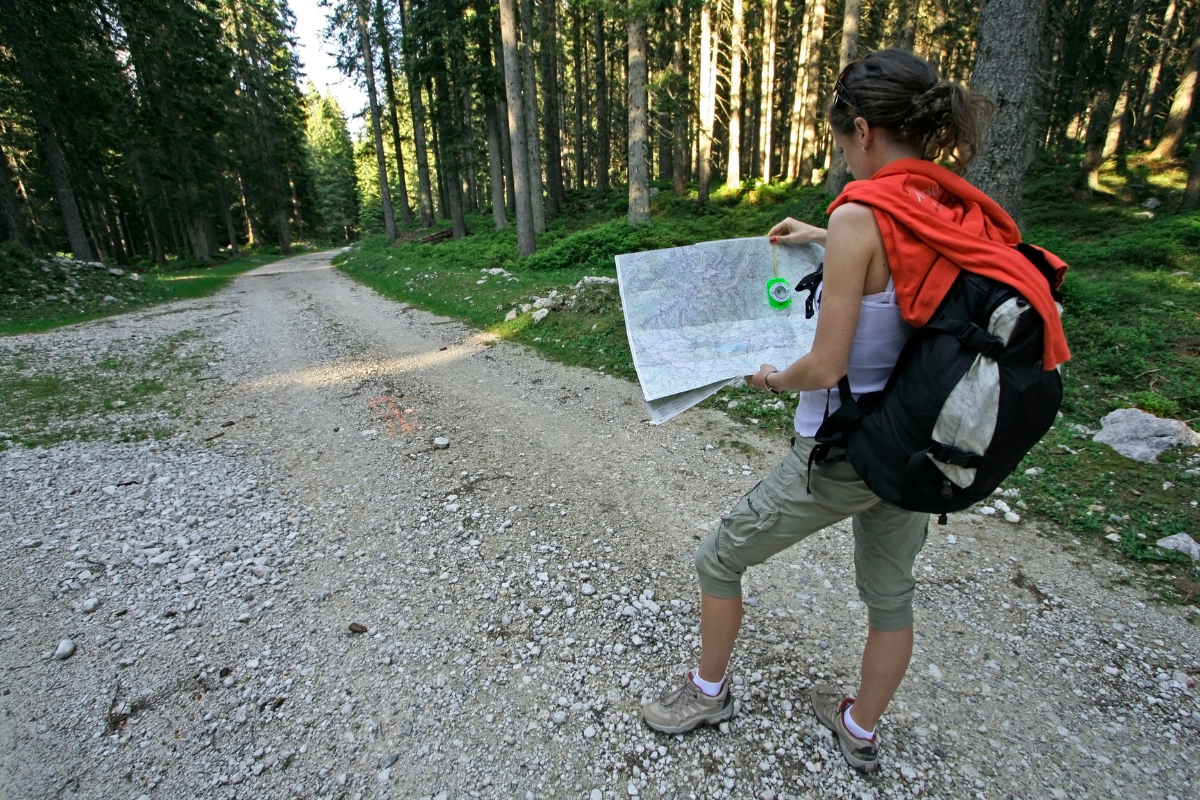It’s in the news all too often—someone loses his or her way on a hike, and search and rescue is now looking for the person, dead or alive. Have you ever wondered how people get lost in the wild, statistically speaking? And for those who do lose their way and survive—again, how?
In November 2023, 71-year-old Rick Berry went to Guadalupe Mountains National Park in Texas for a day hike but lost his way, despite being a seasoned hiker. For five days, Berry survived in the park. He got out and was one of the lucky ones.
Of course, not all who get lost are found in time. In February, a 22-year-old woman went hiking on Mt. Baldy in California. When a winter storm rolled through, she got lost. Sadly, she didn’t survive.
Many people lose their way; it’s a common mishap while hiking. But how can we keep a momentarily-lost situation from becoming a very-lost situation? Perhaps by learning from others’ mistakes.
Those Who Wander Sometimes Get Lost
While we like the sentiment behind the saying not all who wander are lost, 41% of people who get lost while hiking do so because they wander from the trail. It’s by far the top reason hikers get lost, according to the Safe & Found research study by SmokyMountains.com.
The research, which analyzed over 100 news reports, identifies the most common ways people got lost while hiking. It also compiled data about how people who lost their way survived in the wild.
The top three reasons hikers get lost, according to the data, are wandering off trail (41%), bad weather (17%), and falling off trail (16%).
Here’s the full list:
- Wandered off trail – 41%
- Bad weather – 17%
- Fell off trail – 16%
- Separated from group – 8%
- Injury – 7%
- Darkness – 6%
- Loss or failure of equipment – 5%
- Other – 1%

How Lost Hikers Survived, by the Numbers
Interestingly, 65% of lost hikers in the analyzed data decided to keep moving, while 35% decided to stay in one place. A majority of hikers required rescue (77%), while 23% made it out by themselves.
The study also analyzed what survivors did for warmth, shelter, food, and water prior to rescue or getting out. The data will give you a sense of you should do should you find yourself in a similar survival situation.
Warmth
- 12% relied on clothes
- 10% built fires
- 10% used camping gear
Shelter
- 11% used camping gear
- 9% found caves or other existing shelters
- 8% took shelter beneath trees
Food
- 35% rationed their own supplies
- 17% went without food
- 9% ate berries and fruit
Water
- 24% found a natural body of water
- 16% used snow, rain, or puddles
- 13% rationed their own water
Check out our day hiking essentials checklist before you head out for a hike.
What are your favorite survival tips?





